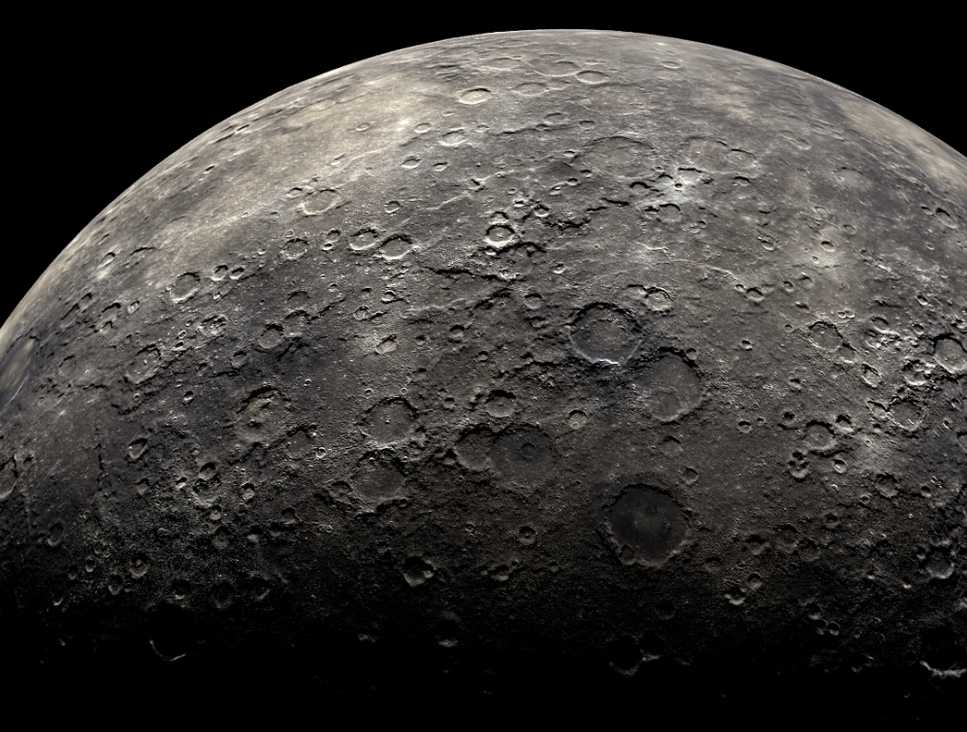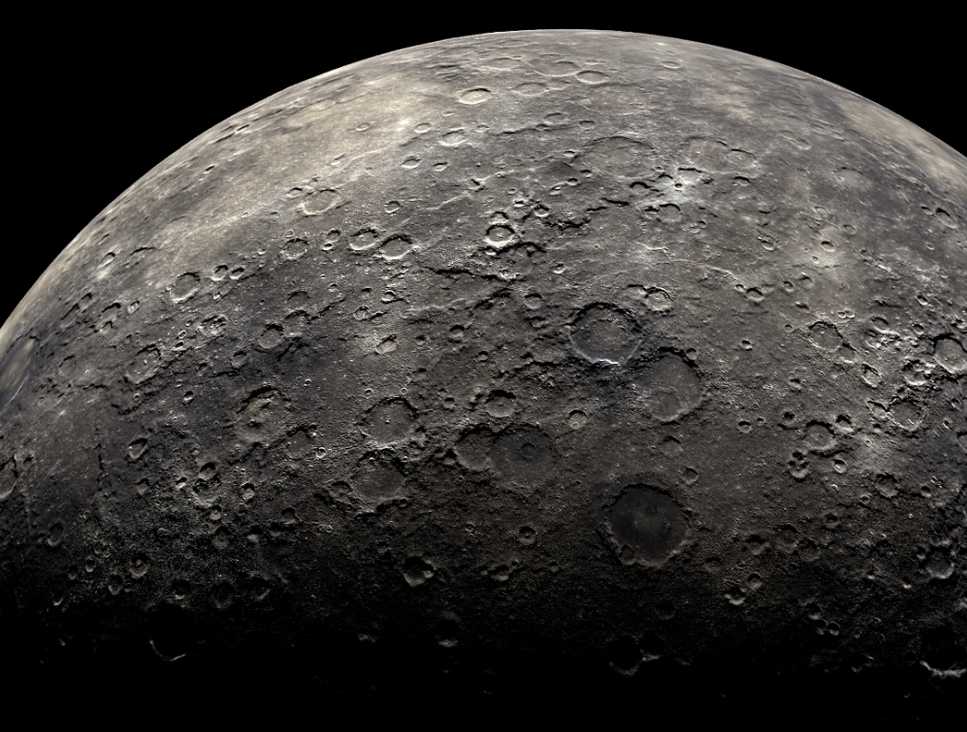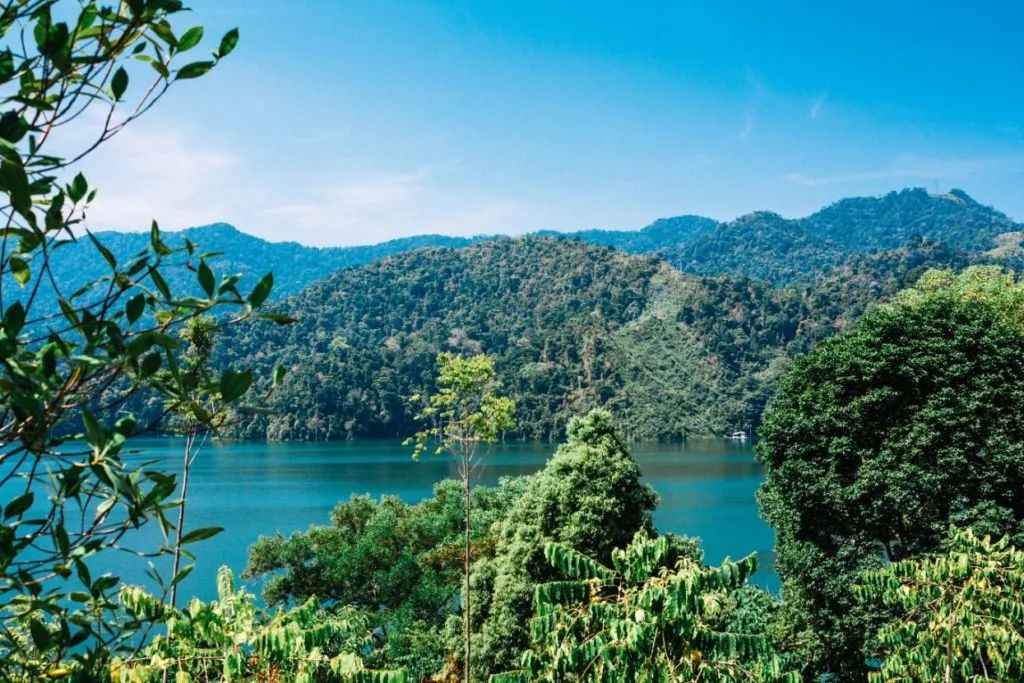Mercury: The Solar System’s Closest and Most Enigmatic World
Mercury, the innermost planet of our solar system, orbits perilously close to the Sun, facing extreme temperatures and cosmic challenges. As the smallest of the eight planets, it stands out for its unique geological features and intriguing history, captivating astronomers with its secrets hidden beneath a heavily cratered surface.

Source: Images from the Internet, if there is any infringement, please contact the removal of
With a diameter of just 4,880 kilometers—slightly larger than Earth’s Moon—Mercury’s proximity to the Sun subjects it to dramatic temperature swings. During the day, surface temperatures can soar to a scorching 430°C (800°F), while at night, they plummet to a frigid - 180°C (-290°F) due to its lack of a substantial atmosphere to retain heat. Its surface is reminiscent of the Moon’s, covered in countless craters formed by billions of years of asteroid and meteorite impacts. However, Mercury also surprises with unique features: vast cliffs called scarps, formed as the planet cooled and contracted over time, stretch across its landscape, some reaching hundreds of kilometers in length.
Beneath its rugged exterior, Mercury harbors an unexpectedly large iron core, which accounts for about 85% of its radius. This dense core suggests a violent past, possibly involving a massive collision early in the solar system’s history that stripped away much of its lighter mantle and crust. The planet’s weak magnetic field, generated by its still - active core, provides further clues about its internal dynamics. Space missions, such as NASA’s MESSENGER, which orbited Mercury from 2011 to 2015, have revealed the planet’s chemical composition, indicating the presence of elements like potassium and sulfur—unexpected findings that challenge previous assumptions about rocky planets near the Sun. As scientists continue to analyze data from these missions, Mercury’s story unfolds, offering insights into the formation and evolution of planets in the inner solar system and the extreme environments that shape them.
-------- END --------






